Bangladesh aims to achieve upper-middle-income status by 2031 through targeted policies and timely implementation, according to the International Chamber of Commerce-Bangladesh (ICCB). The country has made significant development strides over the past five decades, transitioning from one of the poorest nations to a lower-middle-income country by 2015. Despite facing challenges like inflation and energy sector imbalances, Bangladesh is focusing on export diversification and infrastructure projects to drive economic growth.
Bangladesh, as highlighted by the International Chamber of Commerce-Bangladesh (ICCB) in its latest News Bulletin (January-March 2024), is poised to elevate its economic status to upper-middle-income by 2031 through strategic policies and focused implementations. The editorial underscores Bangladesh's remarkable developmental journey over the past five decades, transitioning from one of the world's poorest countries at independence to a lower-middle-income nation by 2015.
Macroeconomic stability, characterized by low inflation rates and robust GDP growth, has been instrumental in driving Bangladesh's socio-economic achievements. Notably, the country is on track to graduate to middle-income status by 2026 and aspires to attain upper-middle-income status by 2031.
However, challenges loom ahead, particularly following Bangladesh's anticipated graduation from the Least Developed Country (LDC) status in November 2026, which could lead to significant preference erosion in export markets. While the European Union (EU) and the United Kingdom (UK) have offered to extend preferential duty-free access for an additional three years, other export scenarios will undergo immediate shifts post-graduation.
To capitalize on opportunities for export expansion, Bangladesh is eyeing closer ties with the Association of Southeast Asian Nations (ASEAN), boasting a vast market of 661 million people with substantial trade potential. Despite importing goods worth nearly US$7.0 billion from ASEAN countries, Bangladesh's exports to the region stand at only $1.0 billion, indicating untapped opportunities for growth through Free Trade Agreements (FTAs).
In the realm of infrastructure development, Bangladesh anticipates reaping benefits from major projects such as the Padma multi-purpose bridge, Dhaka Elevated Expressway, and the Bangabandhu Tunnel linking Dhaka to Cox's Bazar. Additionally, plans for the 3rd terminal at Hazrat Shahjalal International Airport are expected to enhance connectivity and spur economic activities in 2024.
Nevertheless, the year poses economic challenges, including inflationary pressures, declining foreign exchange reserves, currency depreciation, income inequality, and imbalances in the energy sector. Despite impressive growth rates, Bangladesh's export basket remains heavily reliant on garment exports, necessitating diversification efforts into sectors like leather, footwear, food processing, pharmaceuticals, light engineering, assembling plants, and API production.
Furthermore, Bangladesh faces a significant disparity in Foreign Direct Investment (FDI) compared to its regional counterparts like Vietnam. The editorial suggests a strategic review of FDI attraction strategies to bolster export earnings and foreign exchange reserves, emphasizing the importance of transitioning towards renewable energy sources to mitigate reliance on imported fuels.
Climate change resilience is also imperative for Bangladesh, given its vulnerability to climate-related calamities. Ranked seventh in the list of countries most affected by climate disasters from 2000-2019, Bangladesh must prioritize climate adaptation and mitigation efforts to safeguard its socio-economic progress amidst evolving global challenges.



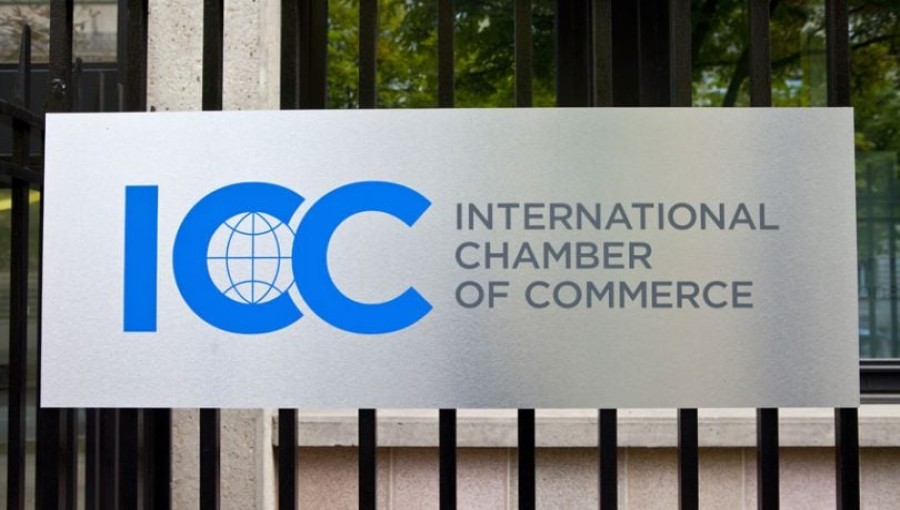
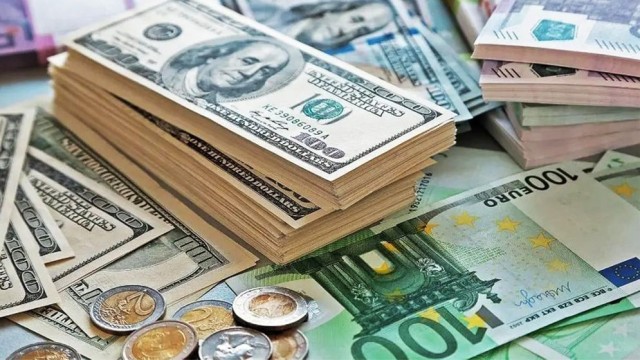


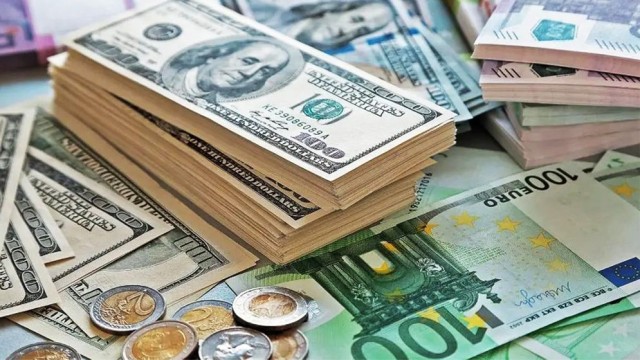
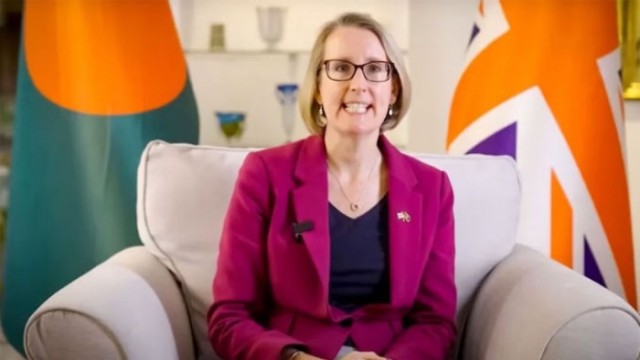
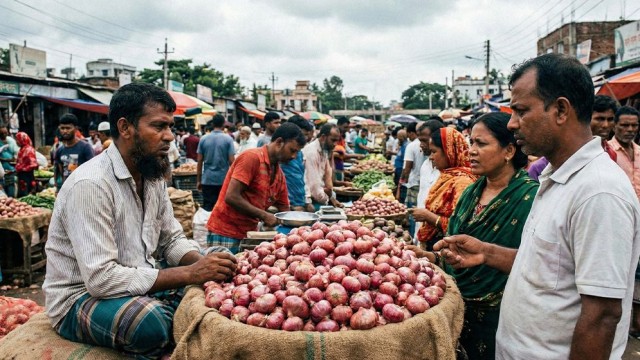
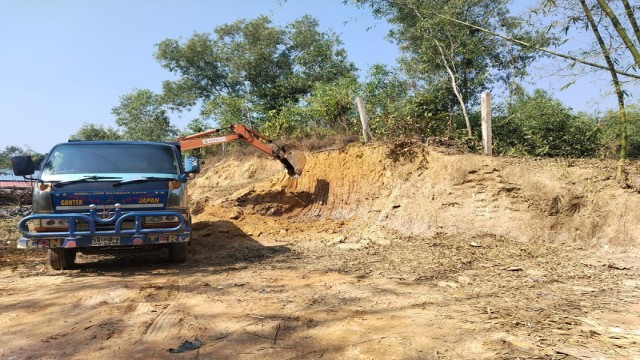
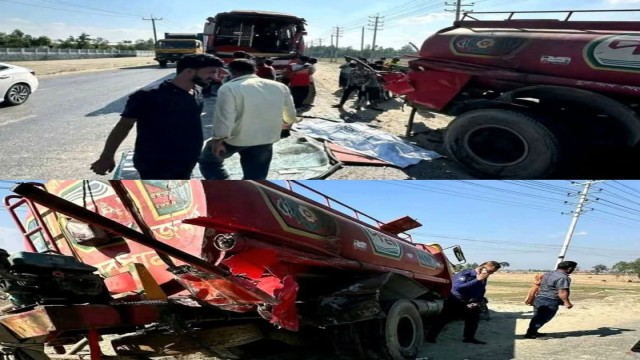


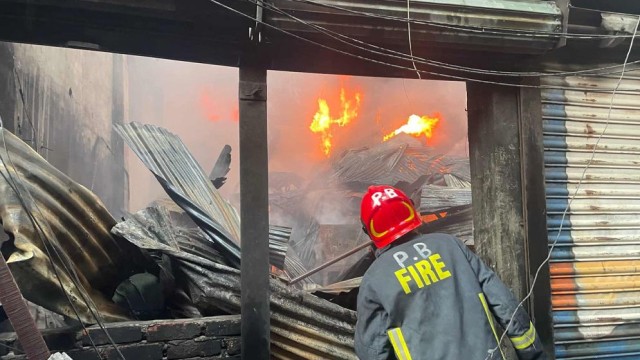
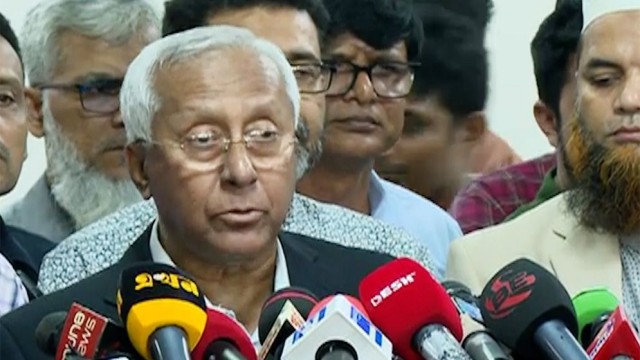


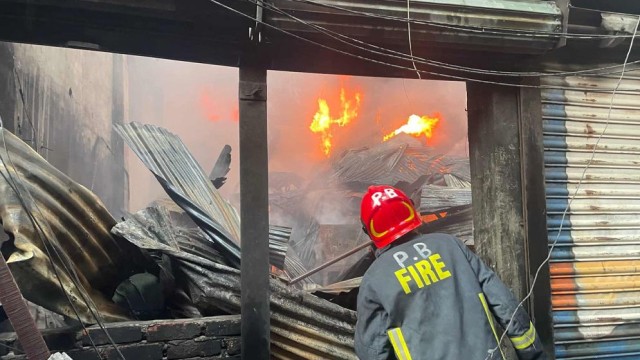
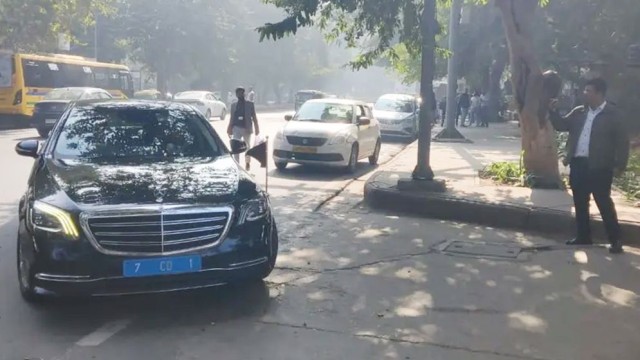




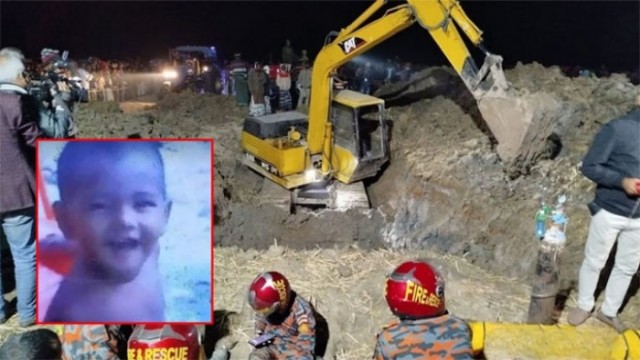


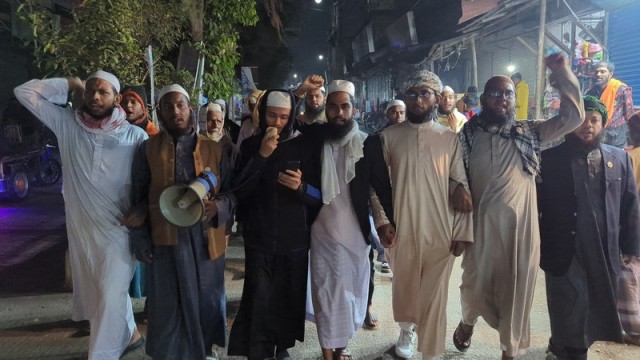
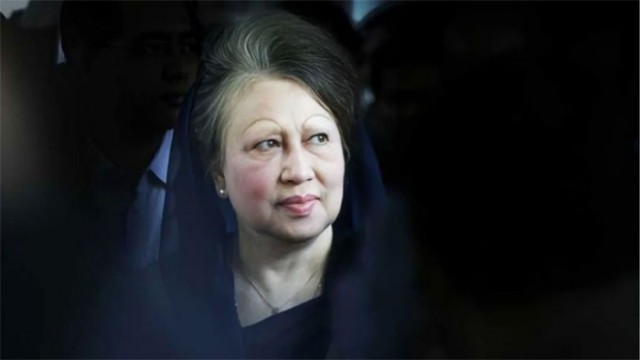
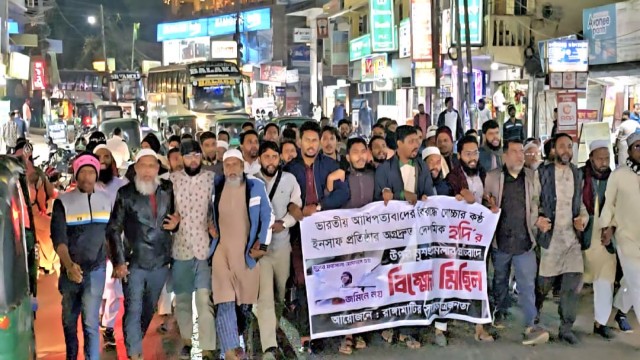

Comment: